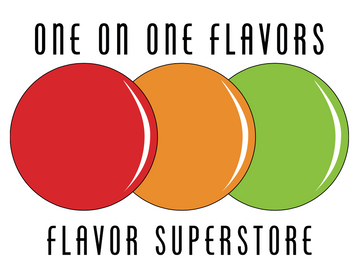With so many different types of flavoring available, it can be confusing to choose the right one for your specific application. Whether you're baking, making beverages, or crafting DIY cosmetics, OOOFlavors offers multiple types of flavoring solutions to suit your needs.
Types of Flavoring and Their Best Uses
1. Water-Soluble Flavoring
✔ Best for beverages, baking, and dairy-based recipes
✔ Easily mixes into liquids and batters
2. Oil-Soluble Flavoring
✔ Ideal for chocolates, lip balms, and fat-based recipes
✔ Retains flavor in high-fat applications
3. Alcohol-Based Extracts
✔ Works best in baking and cooked recipes
✔ Evaporates with heat, leaving a concentrated flavor
4. Super-Concentrated Flavoring
✔ Highly potent, only a few drops needed
✔ Perfect for candy making and strong-flavored recipes
Understanding which flavoring to use ensures the best taste and consistency in your final product. With OOOFlavors’ variety of flavoring types, you can create everything from beverages to beauty products with confidence.


